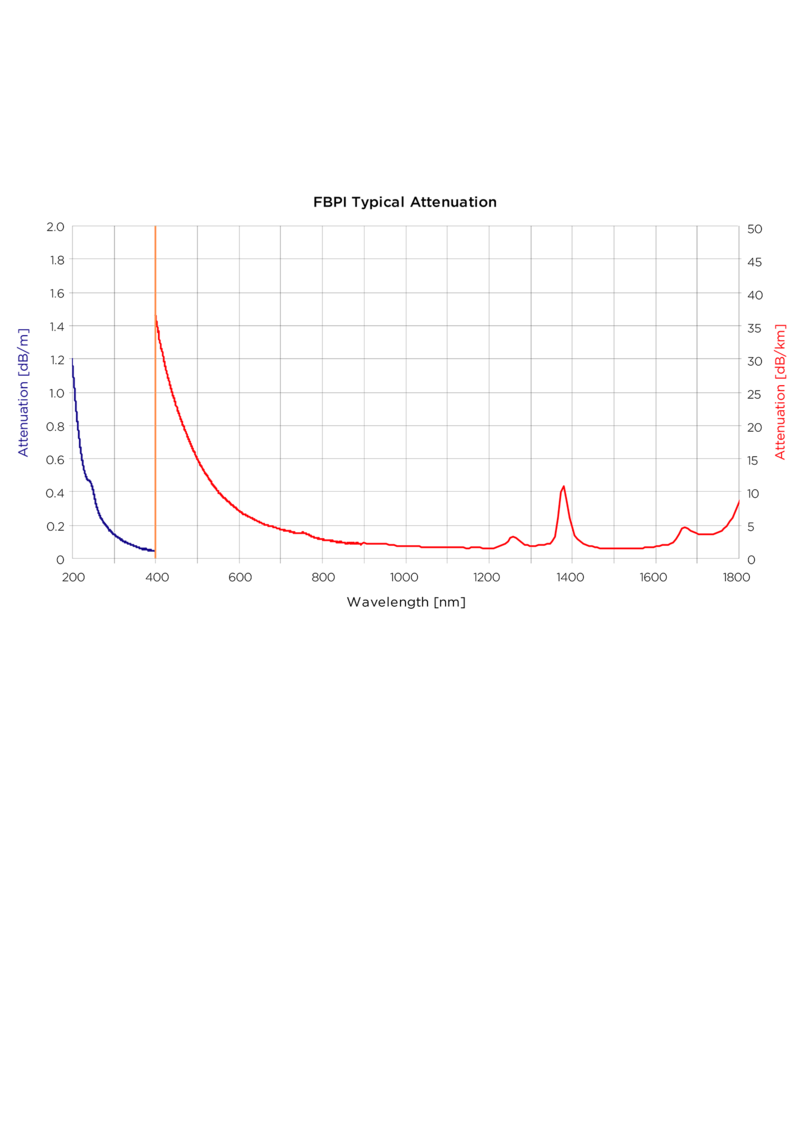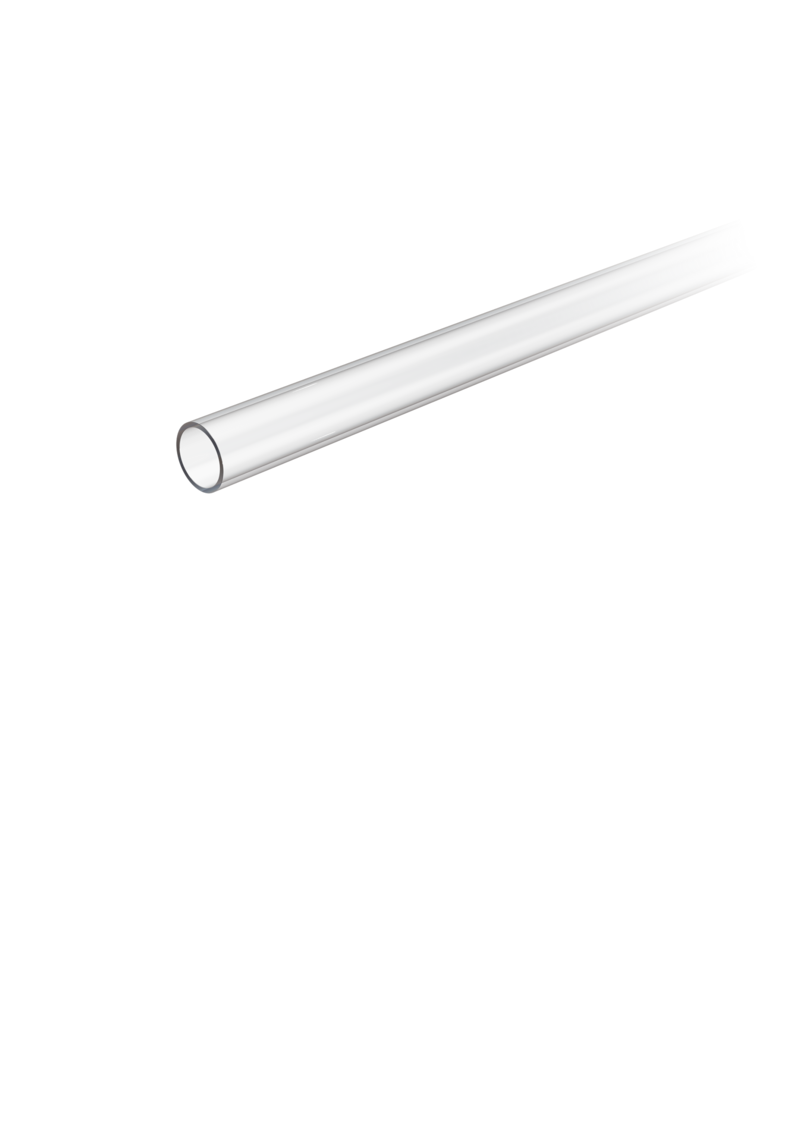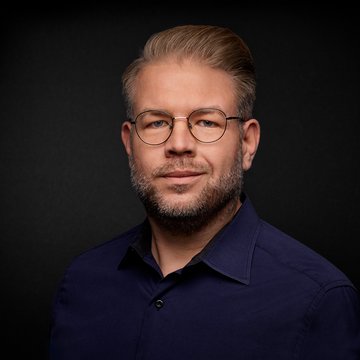Sensors are monitoring tracks and trains
Sensors are monitoring tracks and trains
Around 15,000 locomotives, 8,000 passenger coaches, and 141,000 freight cars travel along the German railway system every day to transport goods and people from point A to point B.1 To ensure that everything runs smoothly, the approximately 33,000 kilometers of railway track must always be in perfect condition. This is a mammoth task for DB Netz AG, the Deutsche Bahn’s rail infrastructure subsidiary responsible for the maintenance, further development, and operation of the rail network. Optical fibers and optical measuring methods can now aid in predictive monitoring and maintenance.
Hearing with Light
Fiber Optic Sensing
Measurement Principle. There are already over 14,000 kilometers of fiber optic cable spread out along the nationwide railway network. They are primar-ily used for data transmission in control and safety technology. Soon, however, they could take on another task as optical wave-guides for fiber optic sensing (FOS), a fiber-optic technology that makes it possible to effectively keep an ear to the ground.
This is not as paradoxical as it first seems. A pulsed laser with a pulse frequency of 2.5 kHz continuously sends light pulses into a glass fiber. The noise causes vibrations, making the fiber deform slightly. The light is deflected. Using the Rayleigh reflection, these changes can be measured and read out. Since each sound is as unique as a fingerprint, it can be clearly as-signed to a specific event in a database. In this way, the system determines whether the sound is “permitted” noise – such as a moving train – or an unforeseen event. In addition to locating damage (e.g., cable theft), this technology can also be used to determine the position and speed of a train even more precisely. This data could be used to inform passengers in real time about irregularities in the train schedule.
Previously, a readout device had to be connected to the fibers every 80 kilometers for comprehensive monitoring. The unit then received the signals from 40 kilometers of track from any direction. With modern technology, it is now possible to achieve ranges of 80 km to 90 km. This will reduce the technical investment in the future by half. These devices not only register all noises; an event can also be localized to within a few meters via the running time of the light pulse. This would enable the operations center to react more quickly at the right time and in the right place.
One crucial advantage of FOS technology is that it can build on existing infrastructure. A single fiber from these strands would be sufficient for an efficient FOS.
Proven Technology
Extensive Tests
The technology itself is not new. It is used, for example, by oil and gas companies to monitor their pipelines. Compared to a railway network, however, this is a relatively simple task. Even though its construction was a great engineering feat, the longest oil pipeline is currently only 4,700 km long. In addition, it is primarily a single structure, while in some areas the railway tracks are very closely interlinked.
By way of comparison: To monitor the Espo pipeline in Russia – mathematically speaking – a few dozen measuring instruments would be required. For the entire German railway network, this number would be several hundred.
Such an investment needs to be carefully considered. Since December 2016, Deutsche Bahn has therefore been testing how FOS can be integrated into regular railway operations on several lines. The first study on a 33-kilometer section between Fulda and Würzburg was completed in 2015. Until mid-2018, three further tests were carried out on very different sections of the route.
FOS technology had to fulfill various clearly defined tasks. At the Berlin-Wannsee regional railway station, it proved to be an efficient means of detecting cable thieves. On the right bank of the Rhine, where primarily freight trains run, the focus was on landslides along the slope. Finally, FOS was used on the new ICE line between Erfurt and Halle to monitor both the tracks and train movements. The technology successfully passed all three tests. Based on these results, the Deutsche Bahn would like to decide how to proceed.

Intelligent Systems
Preventive Maintenance
The vision is to build an intelligent system that – with only a slight expansion of the infrastructure – provides usable sensor data as a basis for decision making. In the case of comprehensive expansion, Deutsche Bahn would initially focus on monitoring the rail line and on train operation. Another area of application would be the preventive maintenance of rail cars.
With the help of selected track-bound technologies, the condition of trains is already being monitored during operation. Thanks to the concept of wayside monitoring, defects and tolerance violations can be detected at an early stage so that maintenance measures can be initiated in good time (i.e., long before serious damage occurs to trains or rails).
With FOS, Deutsche Bahn will be able to counter external influences even better and earlier in the future. In addition, the data obtained with the help of this technology provides information about the condition of the infrastructure, the moving material, and the location and speed of the trains. Like wayside monitoring, this not only supports predictive maintenance but customer information and travel comfort as well.
1 www.destatis.de/DE/ZahlenFakten/Wirtschaftsbereiche/TransportVerkehr/UnternehmenInfrastrukturFahrzeugbestand/Tabellen/Fahrzeugbestand.html
The Optical Fiber as Linear Sensor
RAYLEIGH, BRILLOUIN, AND RAMAN
Light entering an optical fiber is always scattered back at a very small but measurable amount. Three different physical effects occur in this process: Rayleigh, Brillouin, and Raman scattering. Depending on the application, each of these can be used for a specific measurement method.
Backscattering: The measurement of backscattering uses Rayleigh scattering, which runs with the same wavelength in the opposite direction. Attenuation can be used to detect impurities or minimal changes in the fiber length. Since only one fiber end is required for the measurement, this technology is ideally suited for measurements on fibers that have already been laid.
Temperature: The effect of Raman scattering makes temperature changes visible. Due to molecular fluctuations, the wavelength of the scattered light changes. With appropriate measuring instruments, spatially-resolved temperature measurements are possible which allow conclusions to be drawn about structural changes – for example in mining or tunnels.
Thermal and mechanical disturbances: In the Brillouin measurement method, laser signals of different frequencies are sent from both sides into the glass fiber. When the waves collide, characteristic scattered light is generated, the wavelength of which changes measurably under mechanical or thermal stress. Temperature changes and strain on a fiber can thus be precisely localized to within a few meters.
Choosing the Right Components
To monitor the infrastructure




















